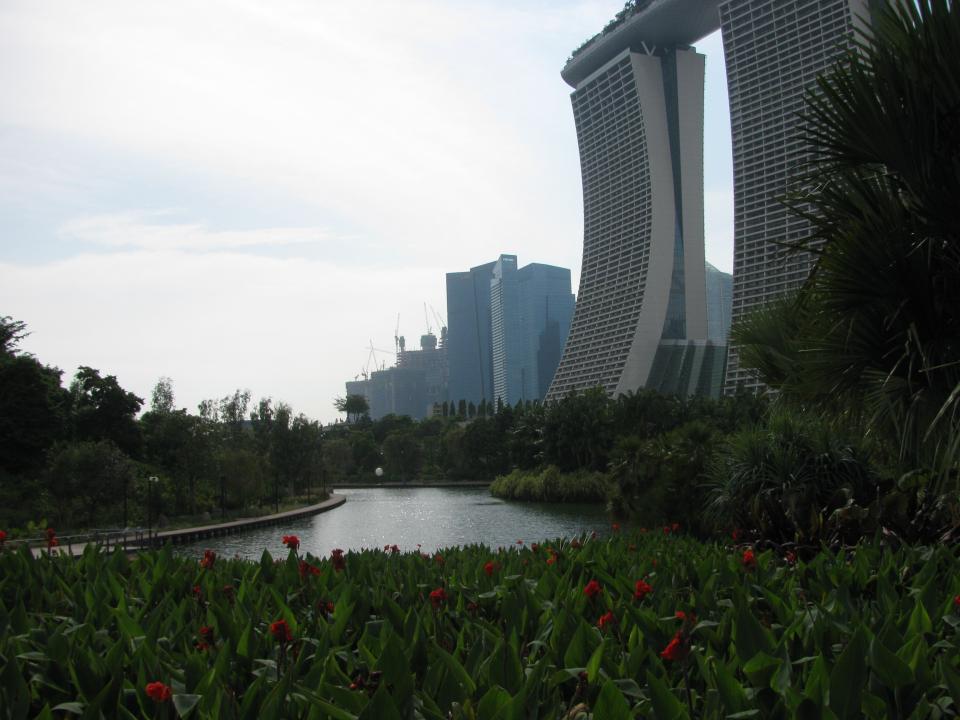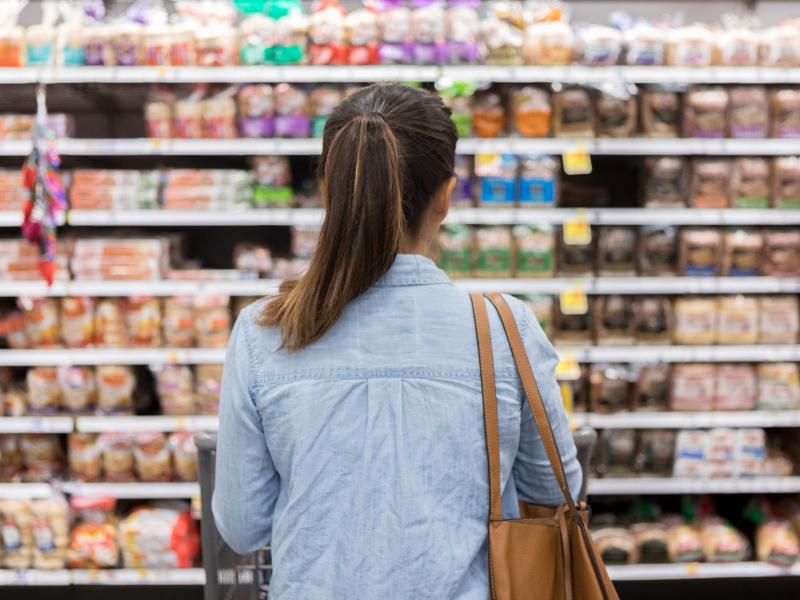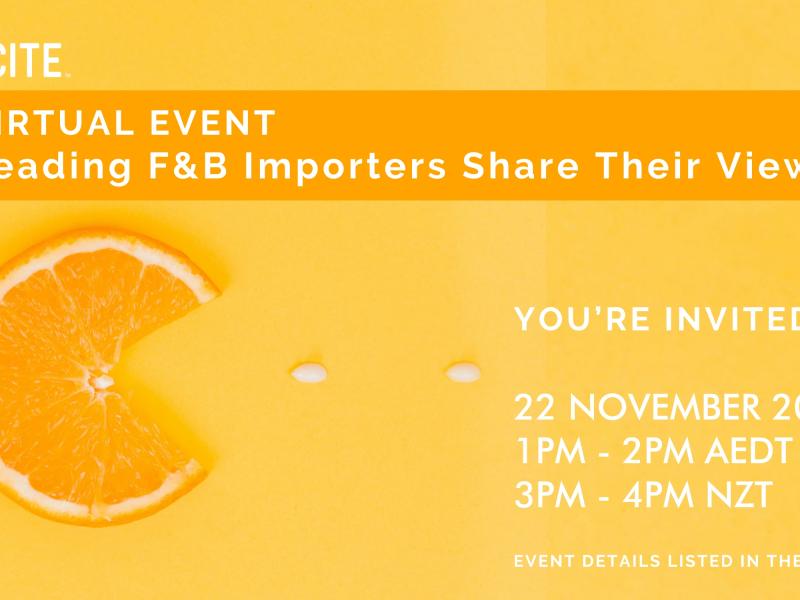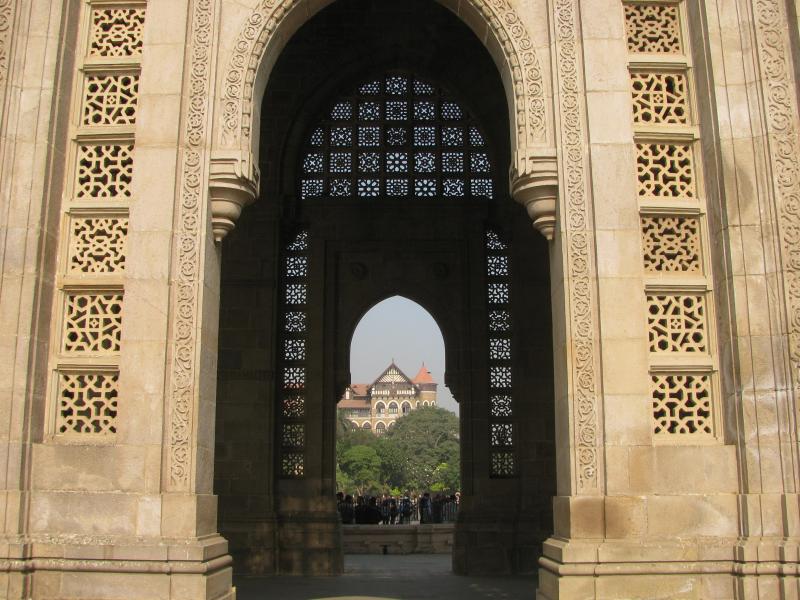Nada Young provides some valuable advice on how to translate leads from the recent Food Hotel Asia event into sales.
Food and beverage exporters and importers converged in their thousands last month at Food Hotel Asia (FHA) 2016, held in Singapore from 12 to 15 April. It's the most significant F&B event of the year for Southeast Asia.
Decision makers from leading distribution firms across the region troll the expo booths looking for the next big opportunity, while exhibitors keep up an exhaustive routine of shaking hands and gathering business cards.
For some, participation in the event is simply a chance to be seen. A showcase of size and might by the leading distribution companies and the brands they carry. Many in the industry will judge the prosperity of their rival distributors by assessing their presence at FHA.
For New Zealand exporters, FHA is like a honey pot. Deeply enriching, but also sticky and messy.
Translating the myriad of promising encounters between exhibitors and customers at the expo into steady export sales takes a good plan, skill and tenacity. Exporters can be easily tempted to pounce on the first sales opportunities they are presented with, but attention from overly keen distributors may not always be welcome. For me, it's a red flag.
In my experience, it’s extremely rare for the best distributors to actively chase an exporter. Why would they when they can cherry pick from the many exporters from around the world that knock on their door every day of the week?
To land a distribution deal with a reliable and capable distributor, nine times out of ten it is the exporter that must initiate the courtship.
A three-step process
The first step is to wade through the pile of business cards and notes collected during the expo into viable leads and those that are time wasters. This is easy if you already have a good understanding of what you are looking for and the distribution model that best suits your needs.
For example, if you're a retail brand, you’ll first need to consider whether it makes sense to go direct to retail or via a local distributor.
In many Southeast Asian countries, going direct to retail is simply not an option. The complexities of importing consumables and the volume requirements often mean that entering retail is best done through a reliable distribution partner.
Exporters must also weigh up the benefits of having a local brand custodian versus the potential margin savings they could make by going direct. Most will find that the former is more desirable.
Next, you’ll need to carry out due diligence and assess the capabilities of each distributor. Looking at their existing portfolio can be very helpful. A full suite of complimentary brands usually demonstrates the suitability of their distribution channels and their experience in working with international brands.
Then, the more complex process of ‘opportunity validation’ begins. There are many ways to do this, but a simple phone call with the decision maker at the company is usually a good starting point.
However, for best results, only pick up the phone once you have refined your sales pitch to a concise and captivating spiel – one that can be delivered by phone and allows you to clearly articulate the questions you need answered. Keeping in mind English may not be their first language.
Questions can range from confirming they have experience in handling products like yours, to asking them about their current portfolio and the time they would have to dedicate to your brand.
Calls can then be followed up with an email that summarises the distribution opportunity and your process for appointing a partner. Don’t be deterred if you do not get a reply to your email straight away. It may take more than one follow up call to prompt a response.
Samples can then be sent to those companies that show a genuine interest in moving forward. Allow for a reasonable amount of time for them to carry out their assessment in conjunction with their customers.
Once the above process is complete, you should be in a good position to create a shortlist of distributors in each market and the final stage of selection can begin. This should involve a market visit to allow for face to face meetings with each distributor on the shortlist, as well as an independent verification of any claims or boasts made by the distributor about their reach and capabilities.
Meetings should culminate in the distributor agreeing to present a distribution plan for your review within an agreed timeframe.
Nada Young is director of Incite, an export development agency for F&B companies trading with Asia. www.exportincite.com





